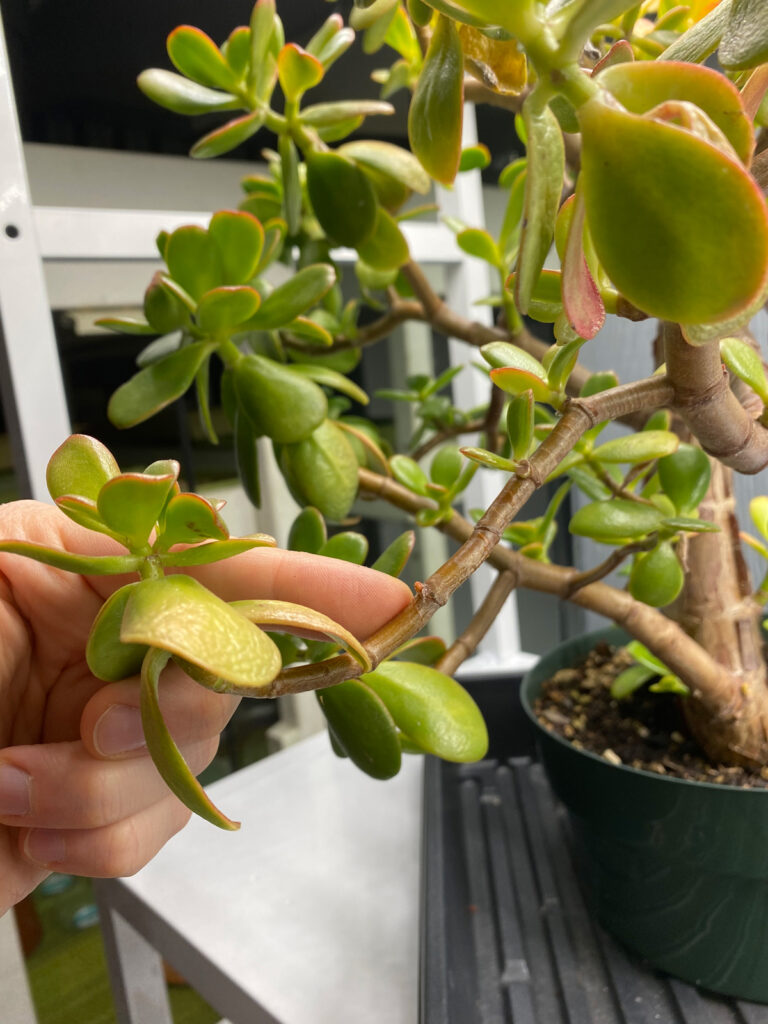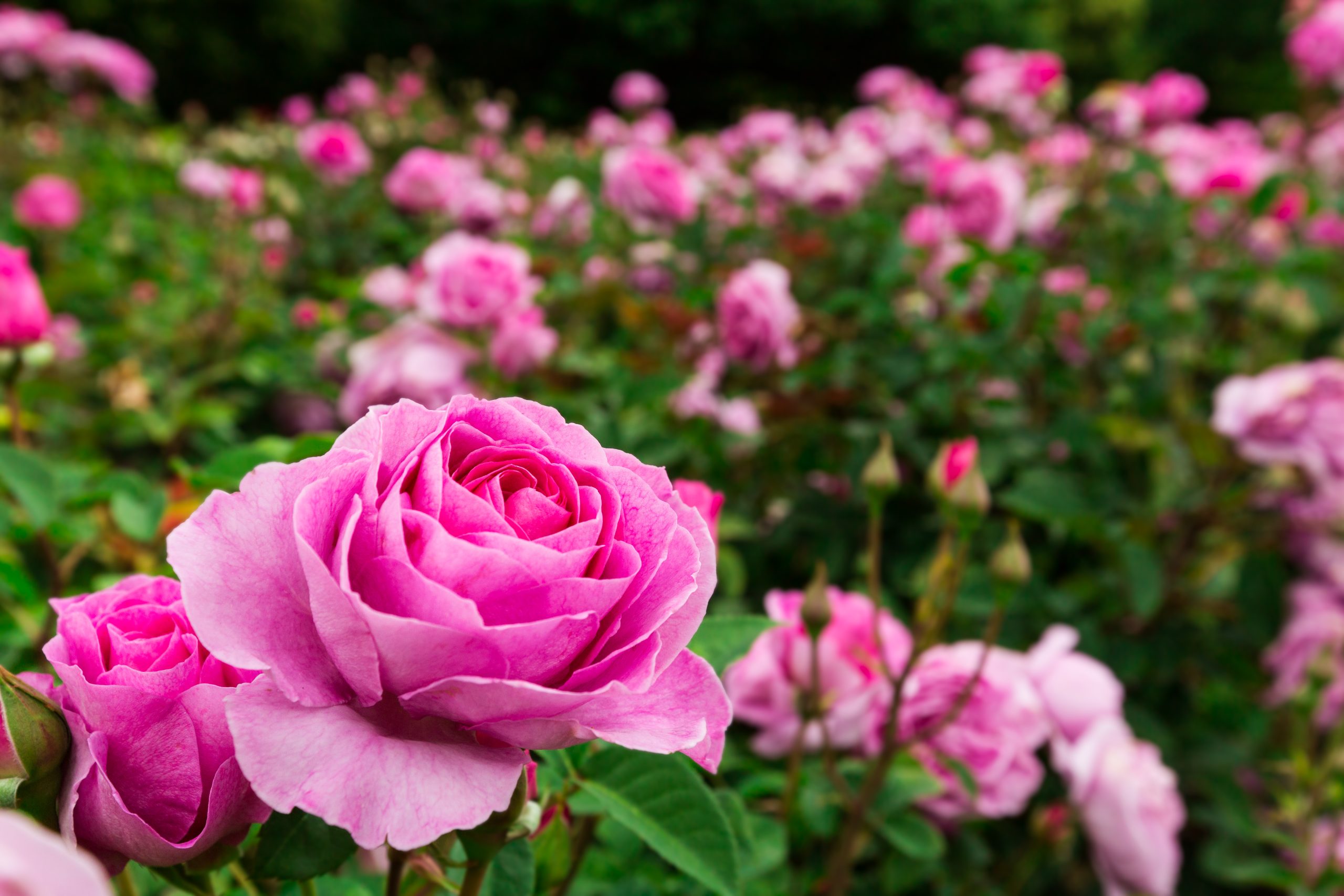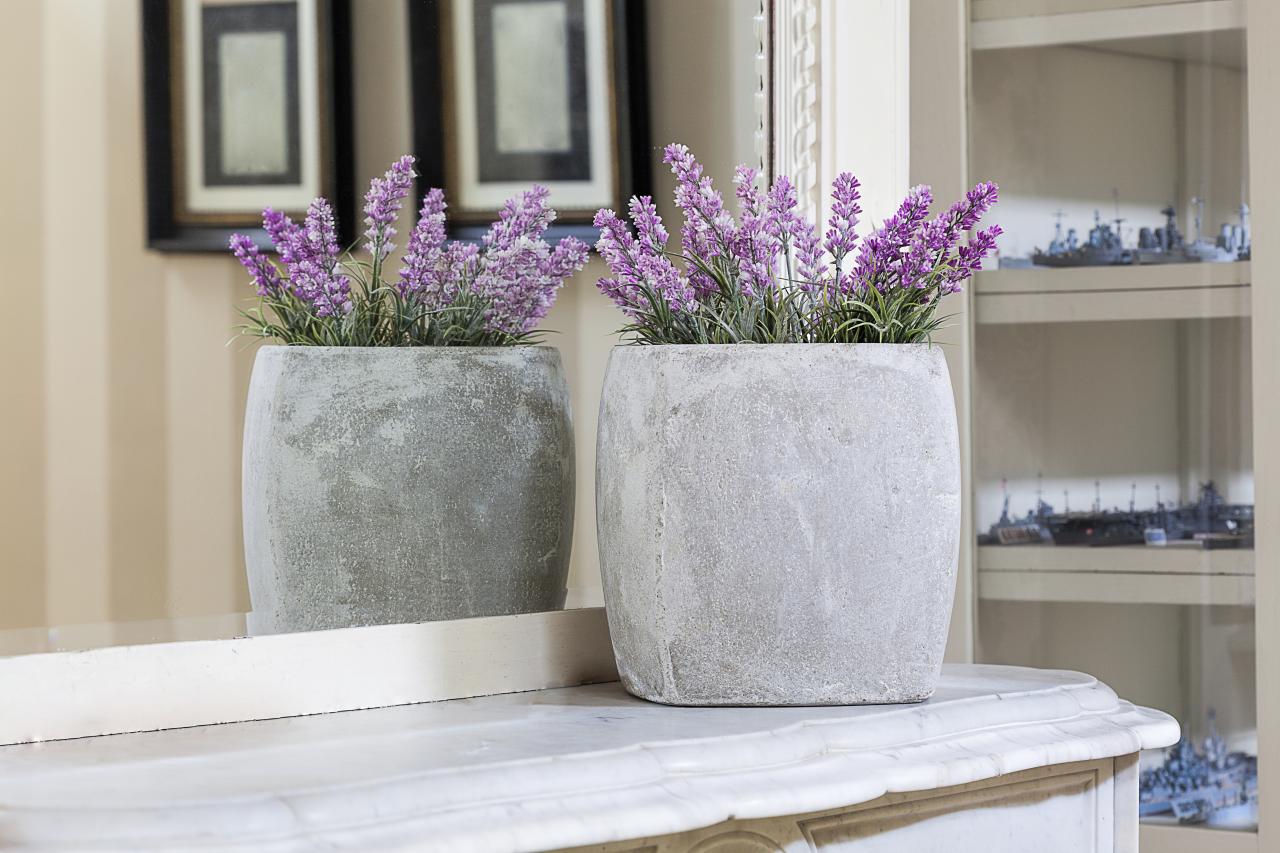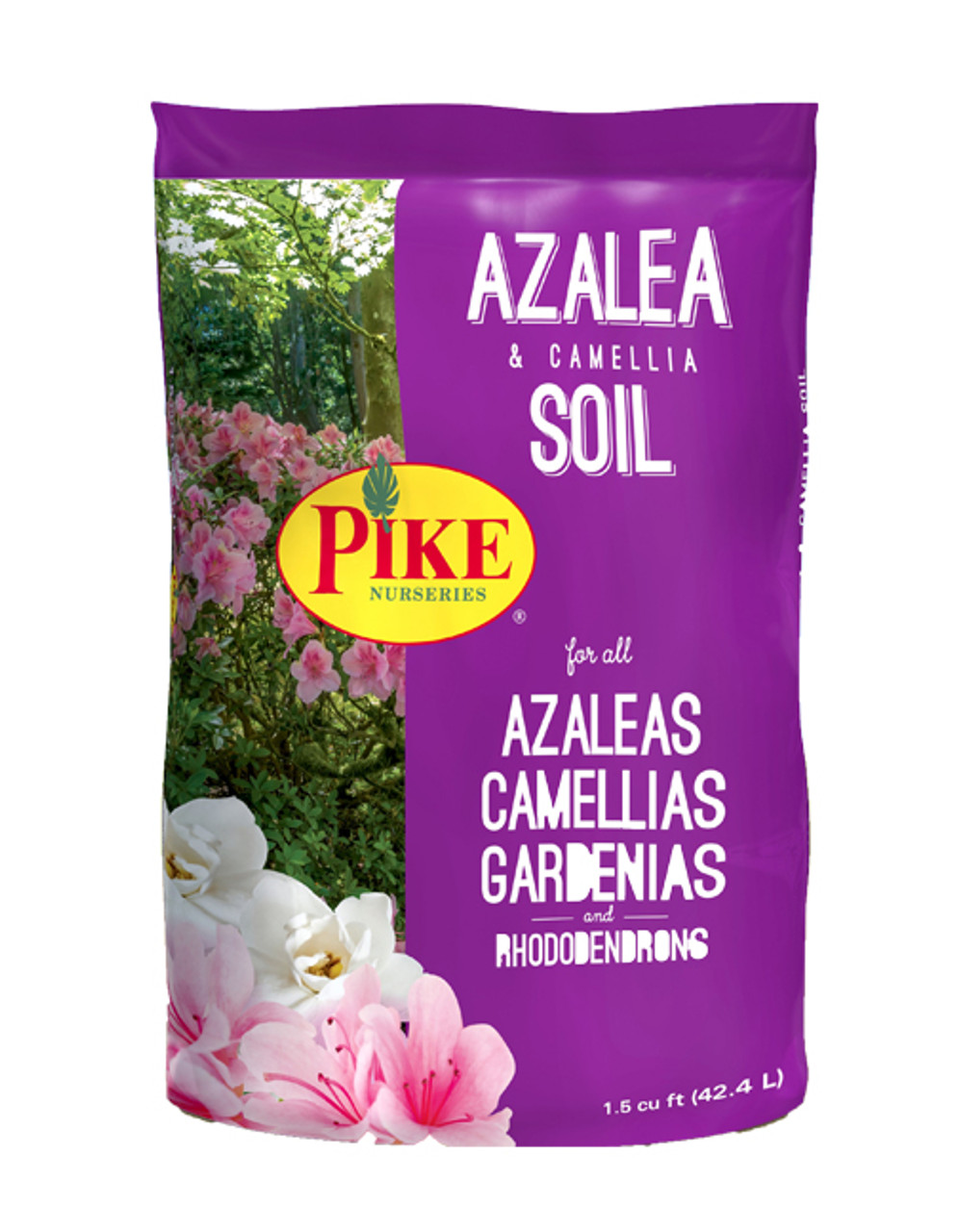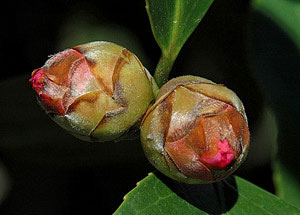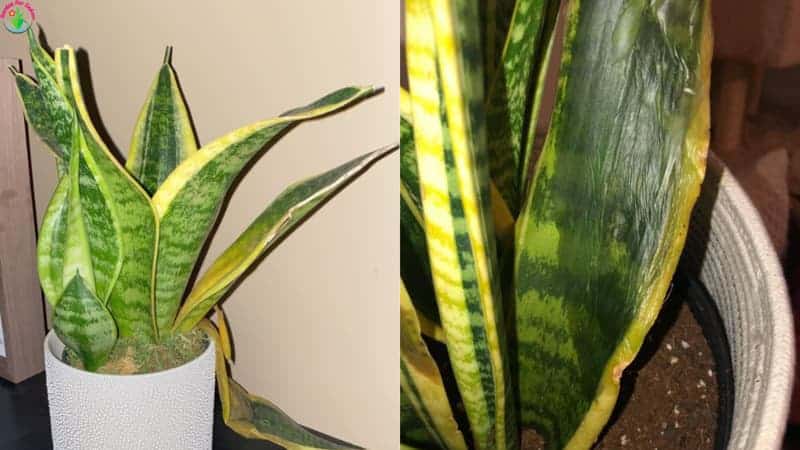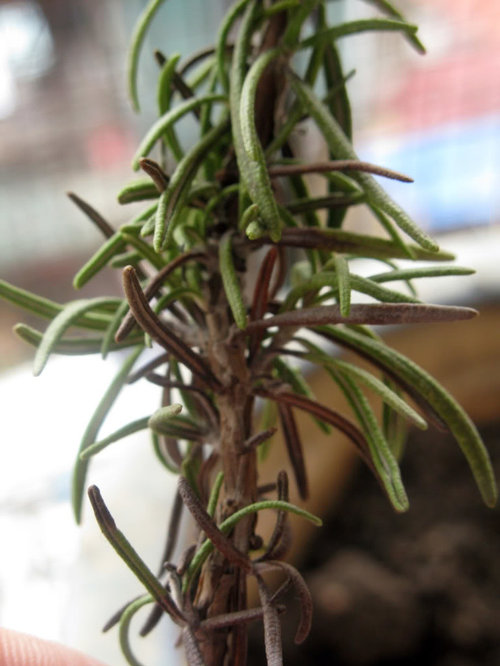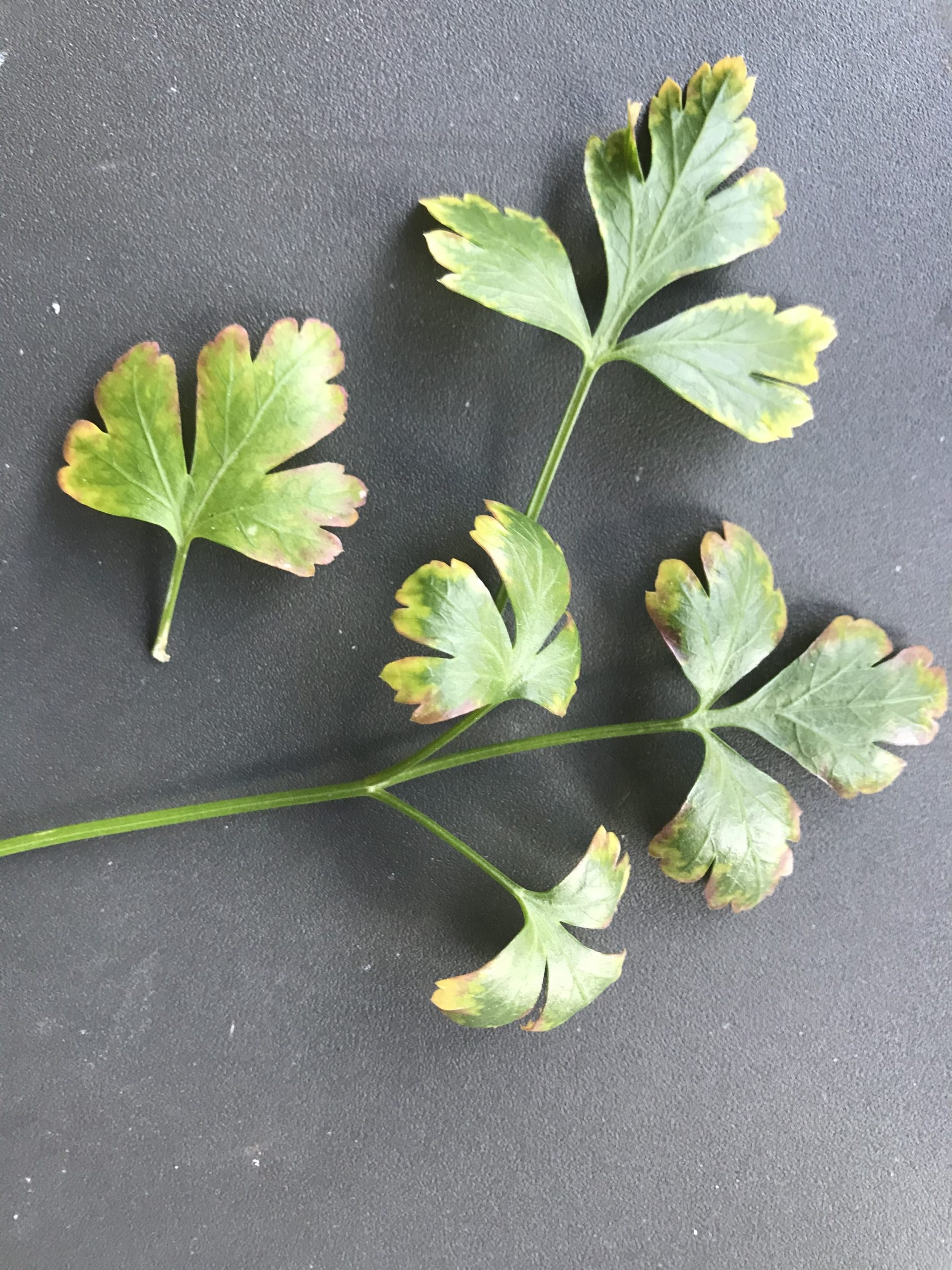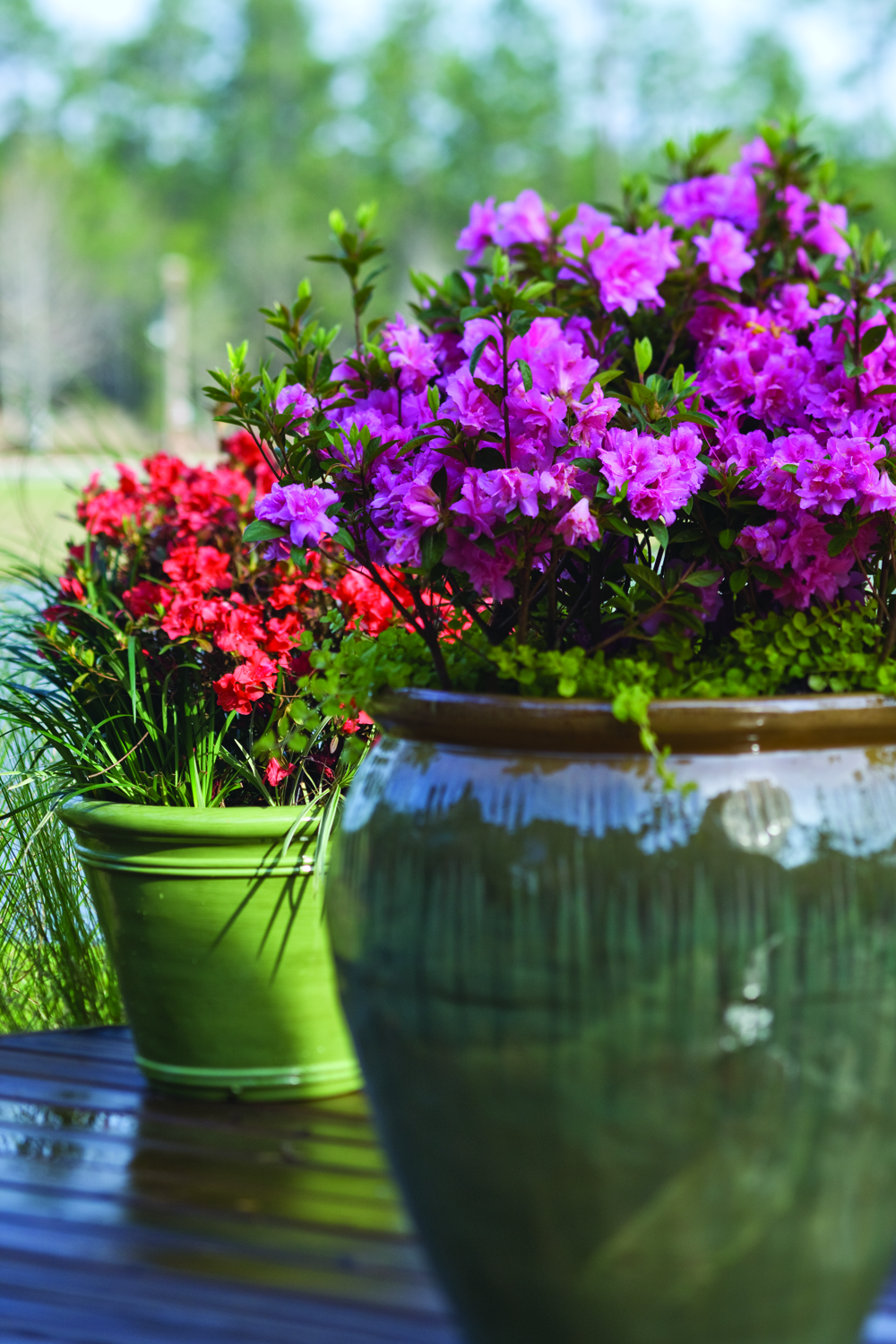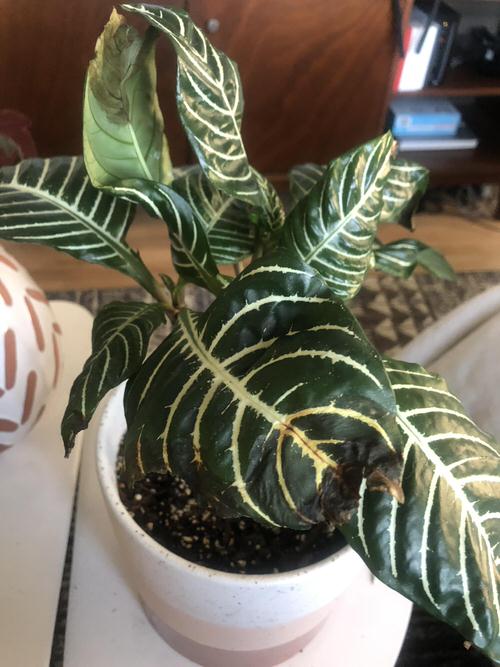How to Revive a Dying Jade Plant
Jade plants typically die because of excess moisture around the roots brought on by overwatering and moist soil. Because of excessive watering and poorly draining soils, jade plants develop root rot, which causes them to become yellow and droop and look dead. When jade plants are overwatered or underwatered, they can lose their leaves. You …

